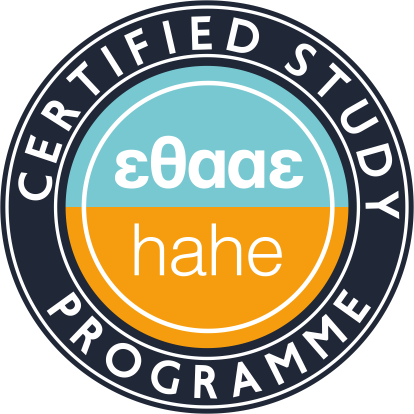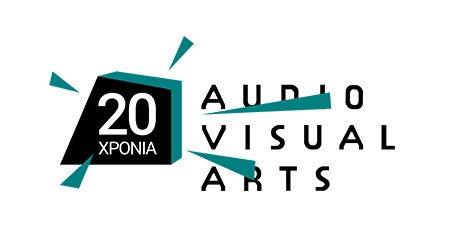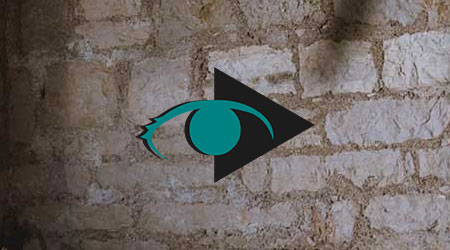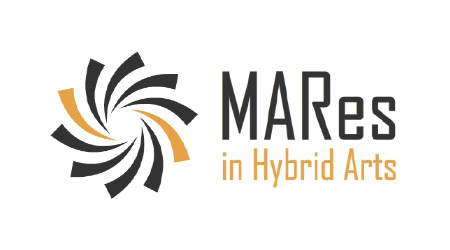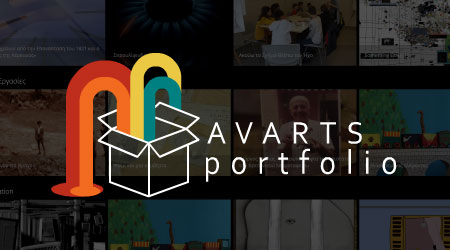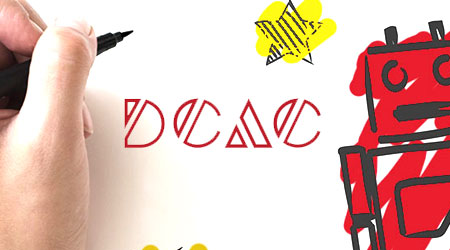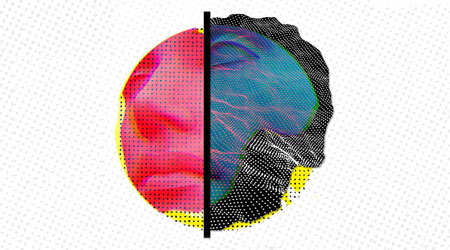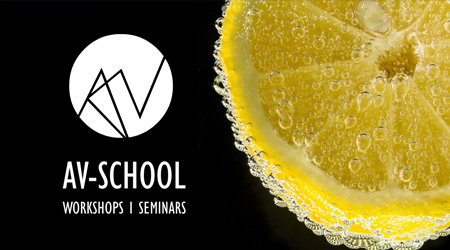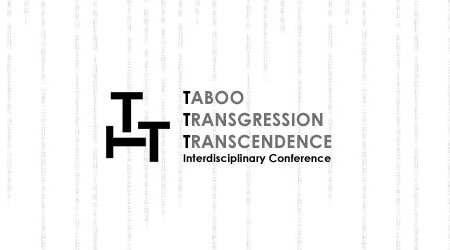History and Theory of Cinema
Teaching Staff: Chalkou Maria
Course Code: THE504
Course Category: General Background
Course Type: Elective
Course Level: Undergraduate
Course Language: Greek
Delivery method: Lectures
Semester: 5th΄
ECTS: 5
Teaching Units: 3
Teaching Hours: 3
Teaching Structure:
| Activity | Semester Workload |
|---|---|
| Lectures | 39 |
| Literature Study and Analysis | 56 |
| Practice and Preparation | 30 |
| Course Total (ECTS: 5) | 125 |
Recquired / Recommended : (THE200)
Prerequisite to / Recommended to: (THE607), (THE804)
A general introduction to the history and theory of cinema. It traces the key developments, movements, genres and creative figures of cinema, from its early days to the present, while exploring the basic tools of formal film analysis. Emphasis is given to historical, sociopolitical, economic, technological, cultural, and aesthetic contexts as well as to the specificities of cinema as a medium and its interactions with other arts.
Students will develop a general awareness of film history and be familiar with the basic language of film analysis and composition.
By the end of the course, students can expect to be familiar with:
- general historiographic issues specific to cinema
- the basic language of film aesthetics
- key trends, genres and creative individuals of cinema
- basic tools of formal film analysis
Week 1: The Birth of Cinema
Week 2: Historical Avant-gardes
Week 3: German Expressionism
Week 4: Soviet Montage
Week 5: Slapstick Comedy
Week 6: Classical Hollywood – The Coming of Sound
Week 7: Poetic Realism
Week 8: The Genre Film – Film Noir
Week 9: Italian Neo-Realism
Week 10: The French New Wave
Week 11: European Art Cinema – Auteur Cinema
Week 12: Documentary – In Search of the Truth
Week 13: New Hollywood
Bordwell, David; Kristin Thompson (1979). Film Art: An Introduction. Reading, MA: Addison-Wesley. Ninth edition, 2009.
Thompson, Kristin; David Bordwell (1994). Film History: An Introduction. New York: McGraw-Hill. Third edition, 2010.
The course consists of a series of lectures with the use of PowerPoint presentation and the inclusion of screenings of short films and of extracts of feature films. It encourages active participation and discussions
Enhanced by multimedia content.
The learning process is supported by the asyncrhonous e-learning platform e-class.
Assignment & Oral presentation
Back
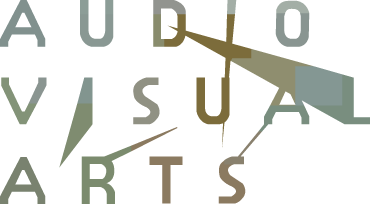


 History and Theory of Cinema
History and Theory of Cinema